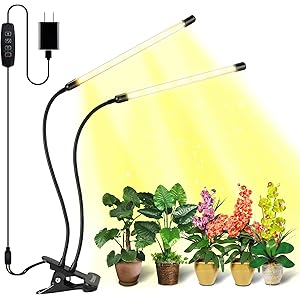Understanding Fall Mulching
Fall mulching is a gardening technique that involves applying a layer of organic or inorganic material over the soil during the autumn months. This practice serves multiple purposes, including moisture retention, temperature regulation, and weed suppression. By understanding the fundamentals of fall mulching, gardeners can enhance their soil health and improve the overall aesthetics of their gardens.
Benefits of Fall Mulching
One of the primary benefits of fall mulching is its ability to conserve moisture in the soil. As temperatures drop and rainfall becomes less frequent, a layer of mulch can help retain the moisture that plants need to survive the winter months. Additionally, mulching can prevent soil erosion and protect the root systems of plants from harsh weather conditions, ensuring that they remain healthy and robust.
Types of Mulch for Fall
There are several types of mulch that can be used during the fall season, each with its unique advantages. Organic mulches, such as shredded leaves, straw, and wood chips, not only provide insulation but also break down over time, enriching the soil with nutrients. In contrast, inorganic mulches, like gravel or landscape fabric, offer long-lasting coverage and require less maintenance, making them ideal for certain garden designs.
How to Apply Fall Mulch
Applying fall mulch is a straightforward process that can be done in a few simple steps. First, clear the area of any weeds or debris to create a clean surface. Next, spread a layer of mulch approximately 2 to 4 inches thick around the base of plants, ensuring that it does not touch the stems directly. This method allows for proper airflow and prevents rot, while still providing the necessary insulation and protection.
Timing for Fall Mulching
The timing of fall mulching is crucial for maximizing its benefits. Ideally, gardeners should apply mulch after the first frost but before the ground freezes. This timing allows the mulch to settle and provide insulation for the soil, protecting plant roots from extreme temperature fluctuations. Monitoring local weather patterns can help determine the best time for application.
Fall Mulching and Soil Health
Fall mulching plays a significant role in improving soil health. As organic mulches decompose, they release essential nutrients back into the soil, promoting microbial activity and enhancing soil structure. This process not only supports plant growth but also contributes to a more sustainable gardening practice by reducing the need for chemical fertilizers.
Common Mistakes in Fall Mulching
While fall mulching is beneficial, there are common mistakes that gardeners should avoid. Over-mulching can lead to moisture retention issues and create a habitat for pests. Additionally, using fresh wood chips can temporarily tie up nitrogen in the soil, which may hinder plant growth. It’s essential to choose the right type of mulch and apply it correctly to reap the full benefits.
Fall Mulching for Different Plant Types
Different plants have varying needs when it comes to fall mulching. Perennials and shrubs typically benefit from a thicker layer of mulch to protect their roots, while annuals may require less coverage. Understanding the specific requirements of each plant type can help gardeners tailor their mulching strategies for optimal results.
Environmental Impact of Fall Mulching
Fall mulching not only benefits individual gardens but also has a positive impact on the environment. By using organic materials, gardeners can reduce waste and promote biodiversity in their gardens. Furthermore, mulching can help mitigate the effects of climate change by improving soil carbon storage and reducing the need for irrigation.
Conclusion: Embracing Fall Mulching
Embracing fall mulching is an effective way to enhance garden health and sustainability. By understanding the techniques, benefits, and best practices associated with this method, gardeners can create thriving landscapes that withstand the challenges of winter. With the right approach, fall mulching can transform any garden into a resilient and beautiful space.

